THE GREAT BICYCLE RELAY RACE OF 1892
By Ann Eysaman Schuyler, Little Falls Historical Society
NOTE: Details of the Great Race were published in the Utica newspaper The Saturday Globe. This article has been adapted and added to by Ann Eysaman Schuyler.
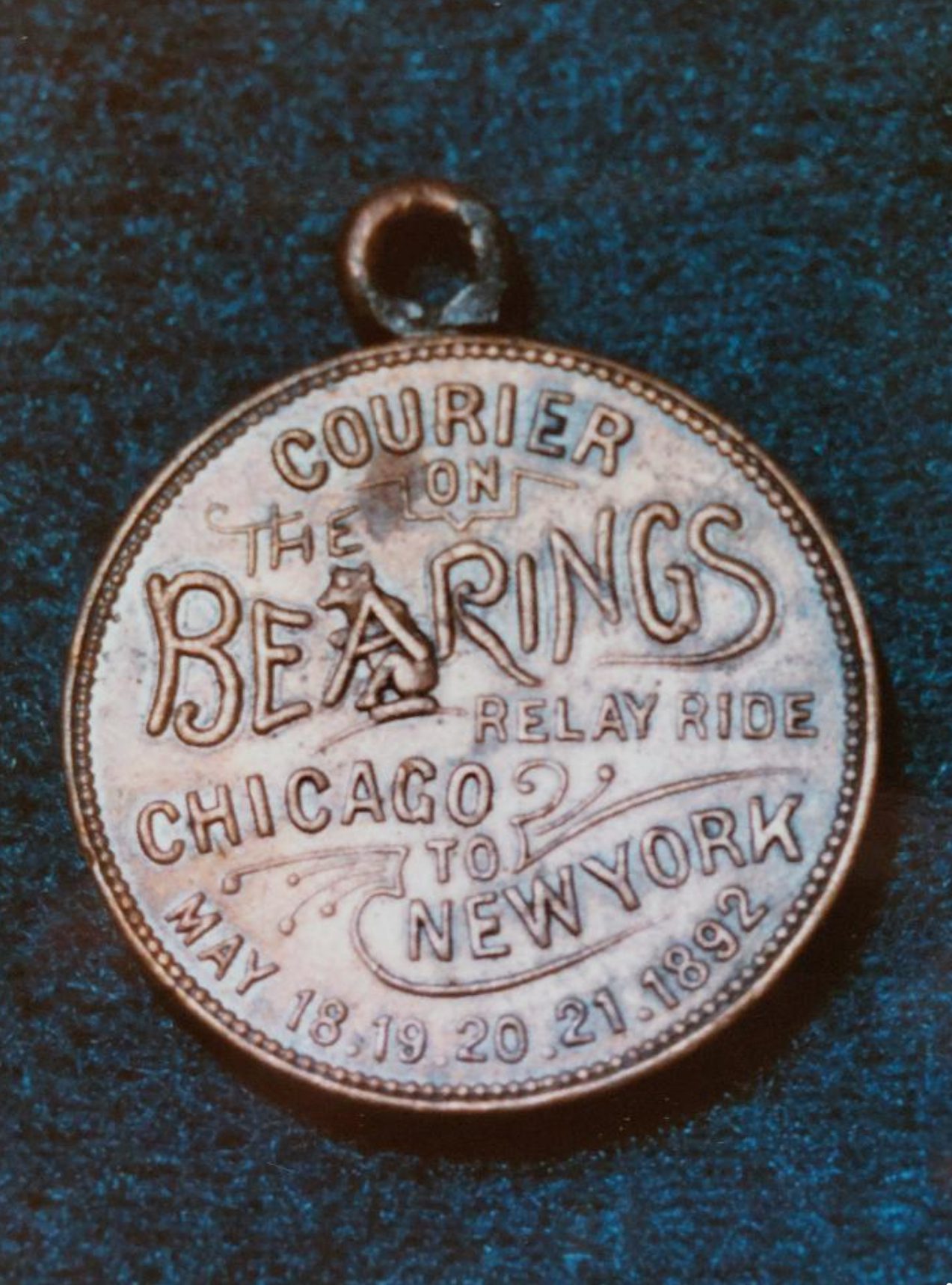
The Great Bicycle Relay Race of 1892.
Every year we see many people, young and old alike, riding their bicycles up and down the countryside. Modern technology has developed a lightweight, ten-speed bicycle that can be pedaled by anyone in reasonably good physical condition, even while carrying a loaded pack on their backs.
This year marks the 132nd anniversary of the Great Bicycle Relay Race which began in Chicago and ended in New York City, and which passed through the Mohawk Valley in New York State. The race covered 1,000 miles and was scheduled to last 98 hours.
By 1892, the bicycle had evolved from a “walk-along” invented in 1790, which was a crude 3-wheel affair consisting of a wooden beam with wheels attached, and the French locksmith Earnest Michaux’s 1860 model with pedals attached, and the comical looking high wheeler of 1873 which required a step stool to mount. About 1880, the safety bike appeared. This was a huge improvement and had rubber tires, ball bearings in the wheels, coaster brakes, cushion saddle seats, and adjustable handlebars.
In 1892, the bicycle craze was at its height and cycling clubs existed all over the country.
The Great Relay Race was arranged by “Bearings,” a bike paper published in Chicago. Its object was to show what could be done with the “wheel” as bicycles were called in those days, and to show the terrible conditions of the roads. Riders would carry a message from General Miles in Chicago to General Howard in New York. Howard doubted the ability of the wheel compared to horses as a means of transporting men rapidly over rough stretches of the country in military dispatch work. The race was to compare the time it would take to travel a given distance in the U.S. to a race of 875 miles completed by a man named Mills in Europe in a little over four days.
From an account in a Utica, New York newspaper of 1892, we pick up the race at Syracuse. Here the message was handed to C.A. Benjamin of the Syracuse Cycling Club at 2:09 P.M. He covered the distance of 15 miles to Chittenango in 1 hour and 42 minutes.
At Chittenango, the relay was passed to Roy E. Smith of the Century Club of Syracuse. About 500 people congregated on Main Street at 5:17 in Oneida to seethe racers pass by. They had a special interest because the Oneida Cycling Club had been shut out by the club’s manager Spalding because of being too slow. However, the club wanted to prove itself and Captain Aldrich had selected Fred Pietrow (Or Pietrau) and Will Ackley to meet the relay at Chittenango and race the sanctioned riders to Vernon, a distance of eighteen miles. They wanted to prove to Mr. Spalding “that we had no farmers” on our team. The Oneida riders beat the relay riders by thirty-four minutes! The relay riders protested that they were taken on a round-about route to Vernon by pacesetters from Oneida, thus explaining the big difference in arrival times.
When the relay reached Vernon, the message was handed to George Houck. Each relay rider was accompanied by a pacemaker and as the two started down the West Shore Tracks as a severe rainstorm began. The road had just been ballasted and they had to ride over stones and through sand and soft gravel. They were expected to arrive in Utica by way of New Hartford and hundreds of people lined Genesee Street waiting to cheer them on. However, they had left the track at Risley’s Crossing above New York Mills where they expected to meet the next rider. They waited for half an hour and when he failed to appear, they started for Utica, not sure of the way. They stopped a streetcar at the Upper Mills to ask the conductor the way. They finally struck pavement at the State Hospital and sped on through rain.
The relay was picked up at the corner of Catherine Street by Phil C. Hames at 8:30 P.M. It was now pitch dark. Hammes and his pacemaker followed the towpath in mud several inches deep. The only place a wheel could be driven at any speed was outside the stone-faced canal wall on a strip of a few inches wide. The riders were thrown several times, Hammes narrowly missing a dunking in the canal.
The message bearers passed through Ilion at 10:20 P.M. The Ilion Bicycle Club, fifty strong, were out to urge them on. They had put up red lights and had hot coffee ready for the riders. Although the riders did not stop, they were loudly cheered by men and ladies alike.
Between Herkimer and Little Falls Hammes went over a fifteen-foot embankment but luckily his wheel wasn’t damaged, nor was he injured.
Hammes reached the Girvin House in Little Falls at 12:17 A.M. The message was transferred to Wilson J. Eysaman and he and his pacemaker, Fred Rose of Utica, started out. Rose had to give up due to illness after one and a half miles and he returned to Little Falls leaving Eysaman to make his way alone in the dark and the rain. Eysaman first attempted to follow the wagon road but had to give up because of mud, so he took to the railroad track after going about a mile out of the way. He also was thrown into railroad culverts but there were no serious injuries to him or to his Stern wheel. Eysaman reached St. Johnsville in 1 hour 58 minutes, a distance of 9 miles.
Eysaman turned the message over to E.H. Martin of Utica. His pacemaker, W.J. Farley, had to abandon his wheel after two miles and he continued on foot. Farley arrived in Palatine Bridge only three minutes after Martin, which attests to the terrible condition of the road.
The tired and wet wheelmen of the Fort Plain Cycling Club and the Utica Cycling Club were entertained at the St. Johnsville home of Otto Bellinger with “an elegant spread.”
The message was then passed to Thomas W. Neary, J.W. Ablett, and Chas Ostrom and he was relieved at Fonda, eleven miles to the east, by William R. Mourd, Joseph Erles, and substitute E.H. Peterson. These men continued on to Amsterdam and arrived in daylight at 6:30 A.M.
Here the message was taken by E.H. Crosby of Fort Plain and David H. Lohman of Canajoharie, a member of the Utica Cycle Club and one of the best riders in the state. Crosby carried the message and since it was now daylight, they made good time considering conditions.
The Amsterdam cyclers had threatened to mob the relay men because Manager Crosby had given them no place in the race. Crosby had been unable to recruit riders from Amsterdam on his earlier trip there, so he gave positions to Cohoes men. Crosby had been warned that trouble was likely and when he and Mr. Lohman left the train in Amsterdam, they were hissed by the mob. The Cohoes riders were accompanied by fifteen other wheelmen, so the Amsterdam people thought it wise not to make trouble.
Crosby and Lohman rode over the New York Central bridge over the Mohawk River at Schenectady. Their wheels humped over the ties but did not give out. They arrived in Schenectady in 1 hour 49 minutes, a distance of fifteen miles. The riders from Schenectady to Albany were A.H. Scattergood, R.H.Rose, and P. Schermacher, Sub William Horing, Frank Horing, and E.P. Van Siem, Sub; and W. Piccaver, Wm. H. Garrett and F. Hendrickson, Sub.
And so, the Great Bicycle Relay Race passed through the Mohawk Valley. It finally ended in New York City at the Federal Building in City Hall Park at 1:05 A.M., 13 hours and 50 minutes behind schedule. The message had been carried from Chicago to New York City in 4 days, 13 hours, and 5 minutes and 975 miles were covered. Treat, Aide-de-Camp to General Howard, was waiting and took the message to the general at Governor’s Island.
Racer Eysaman from Little Falls continued to race and participated in another relay in 1893. This time the race began in Albany. Eysaman picked up the relay in St. Johnsville and reached Little Falls in 49 minutes, a much better showing than the previous year.
In 1893, a field day was held in Johnstown under the auspices of the Keck Zonaves. Eysaman won four races that day, defeating some of the fastest races in the Mohawk Valley, among them Don Conover of Amsterdam.
Wilson Eysaman was 23 years of age when he retired from Bicycle Racing and settled down to get married. He had his medals and more from the exciting cycling days. By the way, he was a farmer, and my grandfather. His home was Sunset View, the 1100-acre farm at the intersection of Burrell and Eysaman Roads, about one mile north of Little Falls. He died in 1914 at the age of forty-three after suffering a severe stroke while replacing shingles on the horse barn roof. I never knew him since I was born in 1931.
~Ann Eysaman Schuyler is a member of the Little Falls Historical Society.
ABOUT THE SATURDAY GLOBE: The first United States national newspaper: this Utica, New York published weekly newspaper also is reputed to be the first to regularly feature a full color cover illustration on the front page, often graphically portraying an event such as a disaster or war. ~from Falvey Digital Library – Villanova University





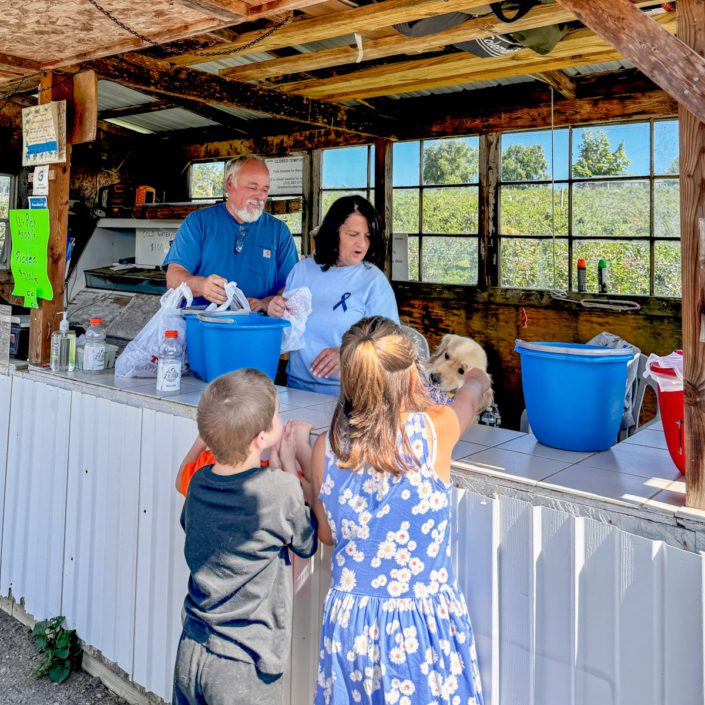

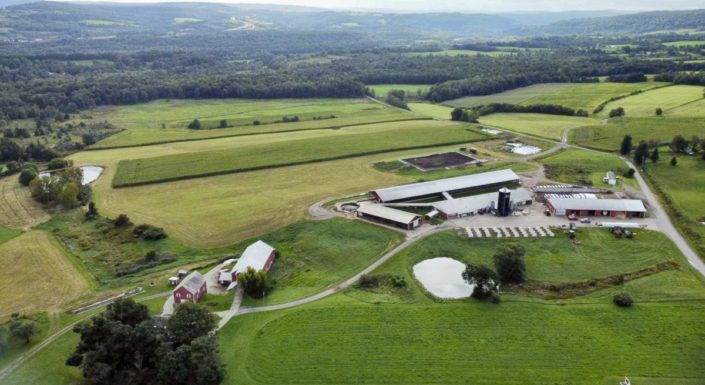

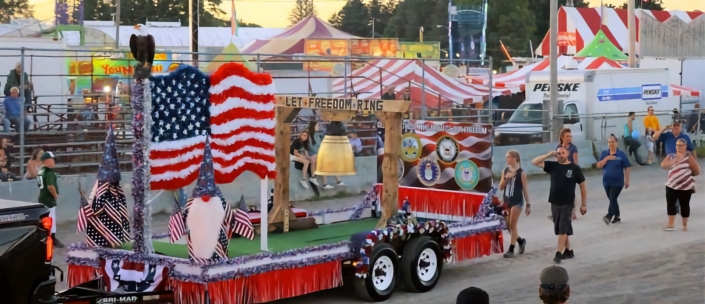

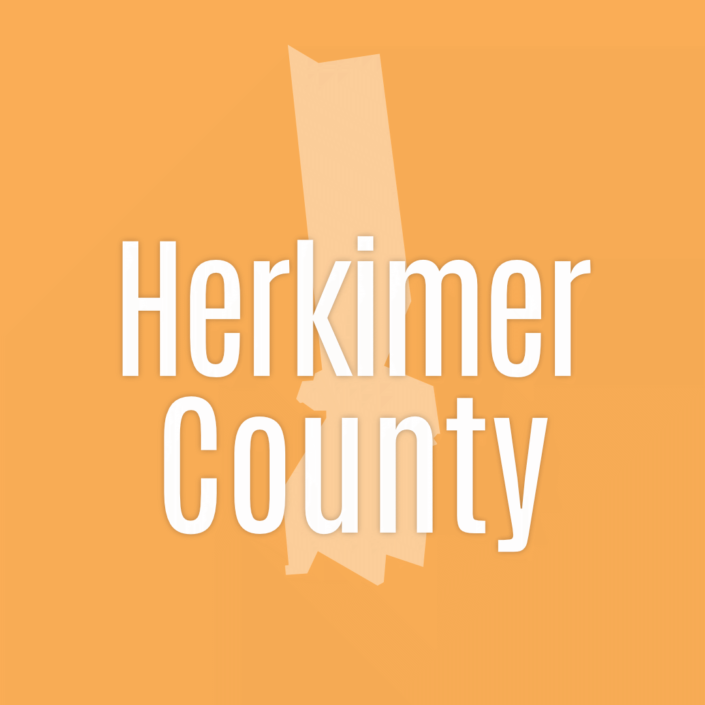



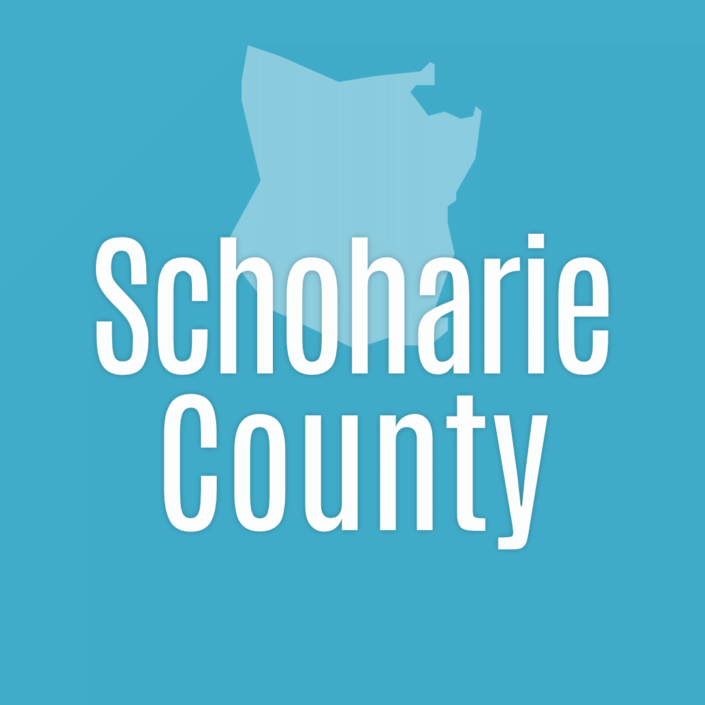


 New Hartford vs. Utica Knicks at the Utica Recreation Center on 1/31/23. Photo by Alexander Ackerman.
New Hartford vs. Utica Knicks at the Utica Recreation Center on 1/31/23. Photo by Alexander Ackerman. Fulton County, NY. Photo by Mohawk Valley Today
Fulton County, NY. Photo by Mohawk Valley Today